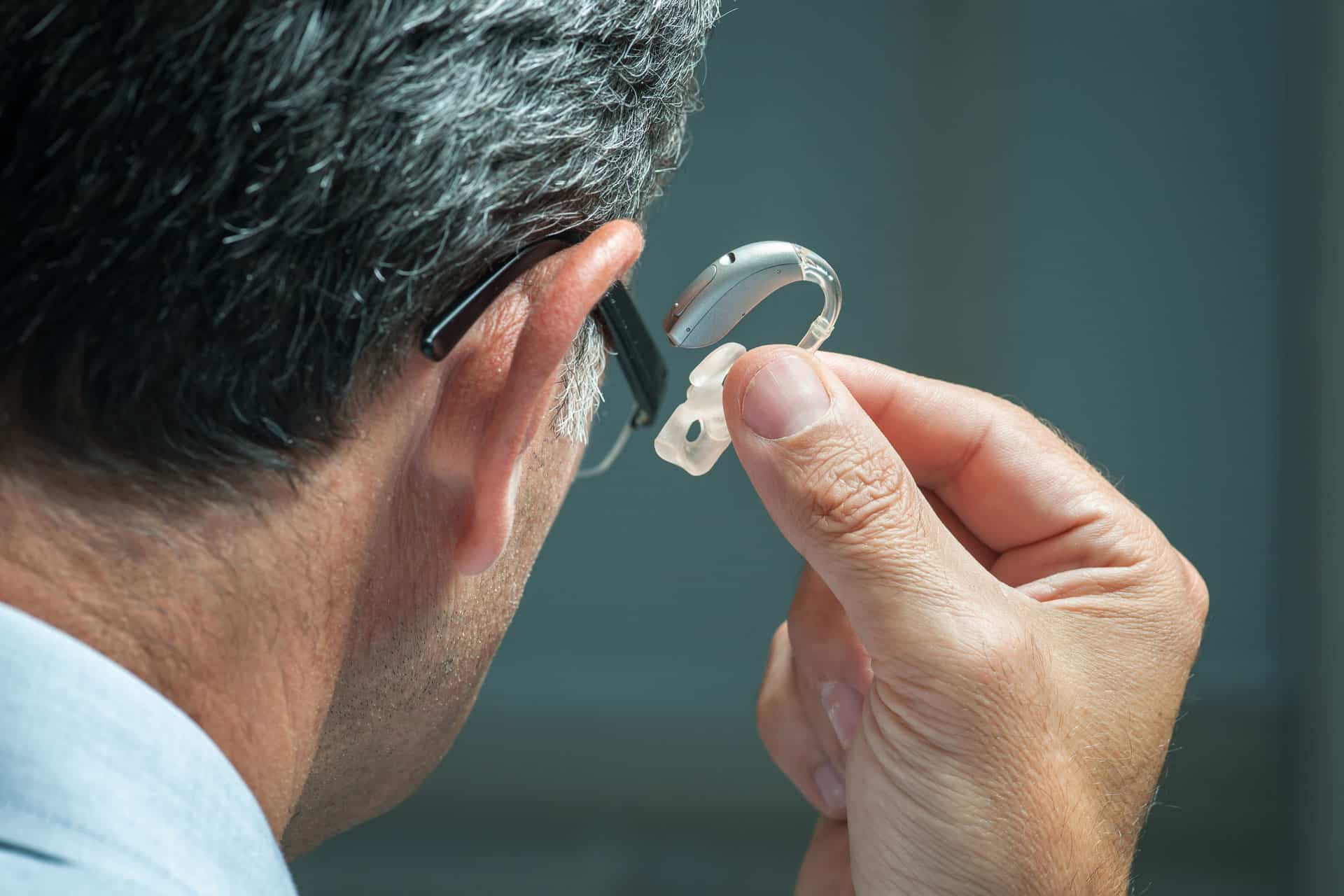Delivery in 2-3 working days
Man vs. animal: Who has better hearing?
The human sense of hearing is complex and powerful. But have you ever wondered how well animals hear compared to humans? Is our hearing sharp enough to keep up with the hearing of dogs, cats or bats? This article addresses these very questions.
The human ear: a look at the foundation
The human ear consists of three main areas: the outer, middle and inner ear. Sounds are produced by sound waves that reach our ear in the form of vibrations. These sound waves first hit our outer ear, pass through the middle ear where they cause the eardrum to vibrate, and finally reach the inner ear. Here they are converted into electrical signals that our brain interprets as sounds. Our sense of hearing is a complex process that helps us understand and navigate our environment.
Our hearing range is between 20 hertz and 20,000 hertz. Anything below this range is called infrasound and anything above is called ultrasound. This range is enough for most human activities, but in the animal kingdom we find creatures that can hear in completely different frequency ranges.

Animal ears: Fascinating differences and similarities
As with humans, there are significant differences in the hearing abilities of animals. Some animals can perceive frequencies far beyond what the human ear is capable of detecting. These differences make each animal unique and allow it to adapt to its specific environment. Below are a few specific examples:
Bats and ultrasound
Bats are known to use sounds in the ultrasonic range to locate their prey. Some species can perceive frequencies up to 100,000 hertz. They produce high-pitched sounds and use the echo to determine the direction and distance of their prey. This phenomenon, known as echolocation, is a prime example of how animals use their sensory abilities to enhance their survival strategies.
Dogs and their auditory superiority
Dogs also have remarkable hearing. They can hear frequencies up to about 60,000 hertz, far more than we humans can. Have you ever noticed that your dog responds before you hear the mailman? That's because they are able to hear higher frequencies than we can. It's one of the many adaptations that help them understand and respond to their environment.
Cats: Masters of lurking tactics
Cats are not only known for their ability to lurk skillfully and silently for their prey, but also for their excellent hearing. They can also perceive sounds in a frequency range of about 60,000 hertz. That's more than twice the human hearing range! This amazing ability allows them to perceive and react to even the quietest sounds of their prey.
Elephants and the infrasound
Not all animals hear in the same way as humans, dogs or cats. Some have developed very unique ways of perceiving sounds and noises. These adaptations can vary greatly from animal to animal and are often the result of millions of years of evolution.
Elephants, for example, communicate through infrasound, which are frequencies far below our hearing range. With this ability, they can communicate with each other over long distances without us humans noticing. They can even sense seismic vibrations through their feet, another impressive auditory ability.
Dolphins and their underwater acoustics
Dolphins are also known for their amazing auditory ability. They use sound waves underwater to detect their prey and communicate with each other. They can perceive frequencies up to 150,000 hertz! This is an important adaptation that allows them to survive in their environment.
How can we improve our hearing?
The examples show that our hearing is unfortunately very limited compared to animal hearing systems. Nevertheless, there are ways to protect and improve our hearing. These practices are not only good for our ears, but also for our overall health and well-being.
Regular hearing tests:
These can help identify hearing loss early and take appropriate action. Early intervention can help maintain and improve quality of life.
Protection from loud noises:
Noise can damage hearing. Protect your hearing by wearing hearing protection during noisy activities. It's a simple preventive measure that can make a big difference in the long run.
Healthy diet and regular exercise:
A healthy lifestyle can help preserve your hearing. Good diet and exercise



